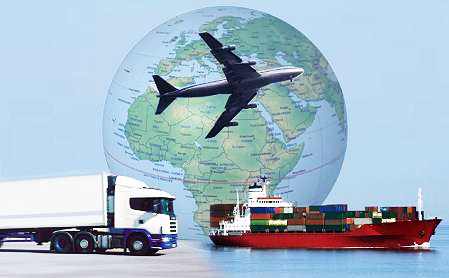Under Bills for Collection method of international trade payments, since a bank acts as an intermediary, the seller does not have to depend on the buyer only. But here the bank’s role is only in the process of routing the documents of transport/title along with other documents. The seller draws documents in terms of the contract that it has entered into with the buyer, hands over those documents to the bank with clear instructions as to the mode of collection- whether goods are to be delivered against payment or against acceptance of documents and a bill of exchange on the basis of which he can get payment after due date of exchange and if for instance that bill is not paid for some reason the seller can fall back on the Bill of Exchange law and can take action under that law to get payment.… Read the rest
International Business
International Business Management deals with the maintenance and development of a multinational operation across national borders, whose manager has the knowledge and the skills to manage and handle cross-cultural processes, stakeholders and business environments in a right way.
Regulatory Documents used in Export/Import Documentation
Regulatory documents are otherwise called as Official documents, because most of these documents are required for compliance of regulations of either the exporter’s country or the importer’s country.
1. Export Declaration Forms
As per Indian Exchange Control Regulations, details of all goods (except certain exempted categories) by whatever means exported from India, are required to be declared on certain specified forms. These forms are known as Export Declaration Forms. These forms are evolved by the Reserve Bank of India to ensure that the value of all the goods exported from India is declared and the foreign exchange due there is repatriated to India.
Transport Documents used in International Trade
In international trade, the goods move from the warehouse of the exporter to the warehouse of the importer. The goods may move by land water or air or a combination of one or more of these modes. In international trade, such transport documents are more in number and it is very important to know the significance of each type of document and its nomenclature, etc. One of the important aspects to be remembered with regard to any transport document is that it must show the name of the carrier.
1. Bill of Lading
This is a transport document, which represents the movement of goods by water.
Negotiations between Host Governments and MNEs
Home and host countries evaluate business propositions of Multinational Enterprises (MNEs) from their points of view. The evaluation relates to size, place, product, price, process, people and partnership related issues. Negotiations are take place between MNEs and host government whenever consensus is not reached on major issues. Here comes the importance of business-government relationships. The business negotiations and diplomacy between companies and governments determine the terms of international business operations.
MNEs attitude to Governmental Stipulations
Multinational Enterprises (MNEs) attitude to Governmental Stipulations may be one of complying. This is highly positive. In a hierarchical view of governmental authority, companies accept regulations as ‘givens’, and MNEs comply with.… Read the rest
Decentralized Decision Making in Multinational Enterprises
Where does the decision making power in Multinational Enterprises (MNEs) rests? Is the decision power vested with the parent’s headquarters or with the subsidiary? Decisions made at the foreign-subsidiary level may be considered decentralized, while those made above the foreign-subsidiary level, that is the parent level, are considered centralized. The location of decision making power may vary within the same company over time as well as by product, function, and country. In addition, actual decision making is seldom as one-sided as it may appear. A manager who has decision-making authority may consult other managers before exercising that authority.
Centralized decision making is a global strategy while decentralized decision making is a multi-domestic strategy.… Read the rest
Structural Design of Multinational Enterprises(MNEs)
Organizational structure gives the framework or lines of communication, authority, responsibility and accountability. Organizational structure specifies the firm’s reporting relationships, procedures, controls and authority and decision processes. It is a critical component of effective strategy implementation process. Organizational structure provides for specialization and interfaces among specializations for collaborative synergism and competitive dynamism. For Multinational Enterprises(MNEs) deciding the organization structure is very important because it cannot be the same for all units and at the same time cannot be just one design for all. Whatever the design, it must be organic enough to adapt to situations. The structure must have stability to facilitate day to day activities to go on consistently and flexibility to facilitate taking advantage of opportunities that environment throws up.… Read the rest
